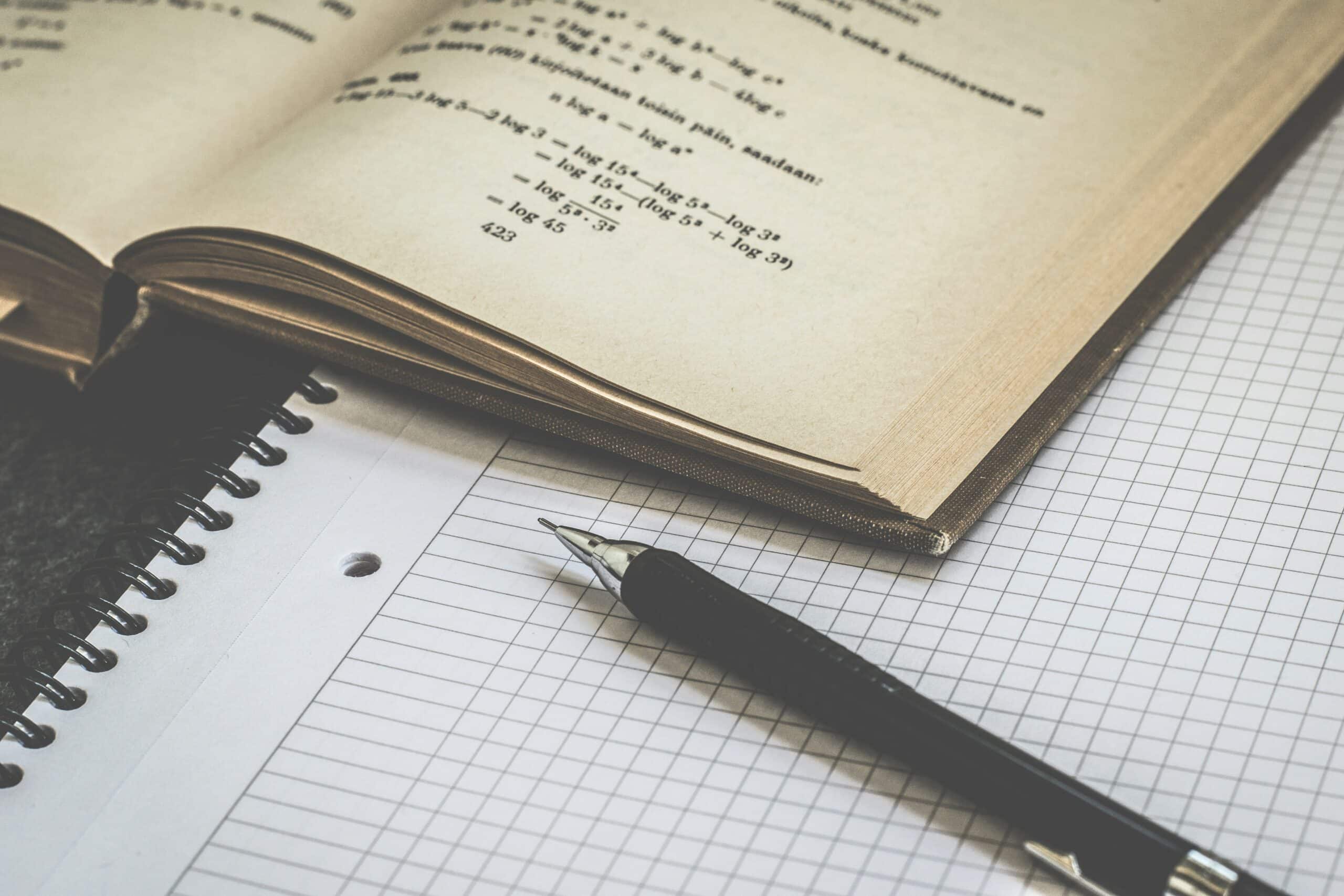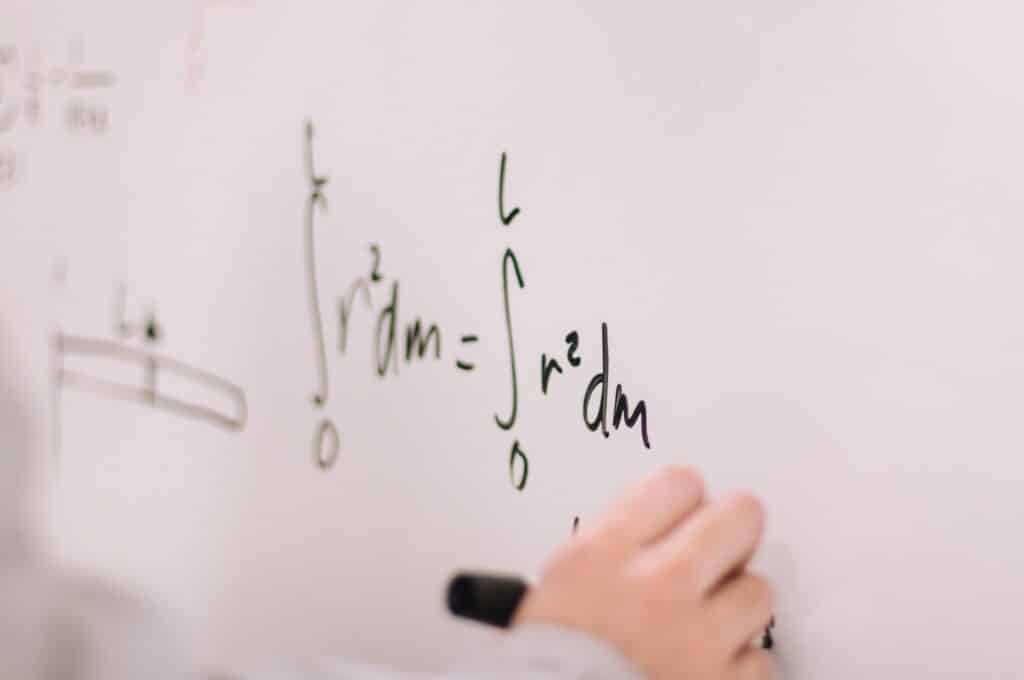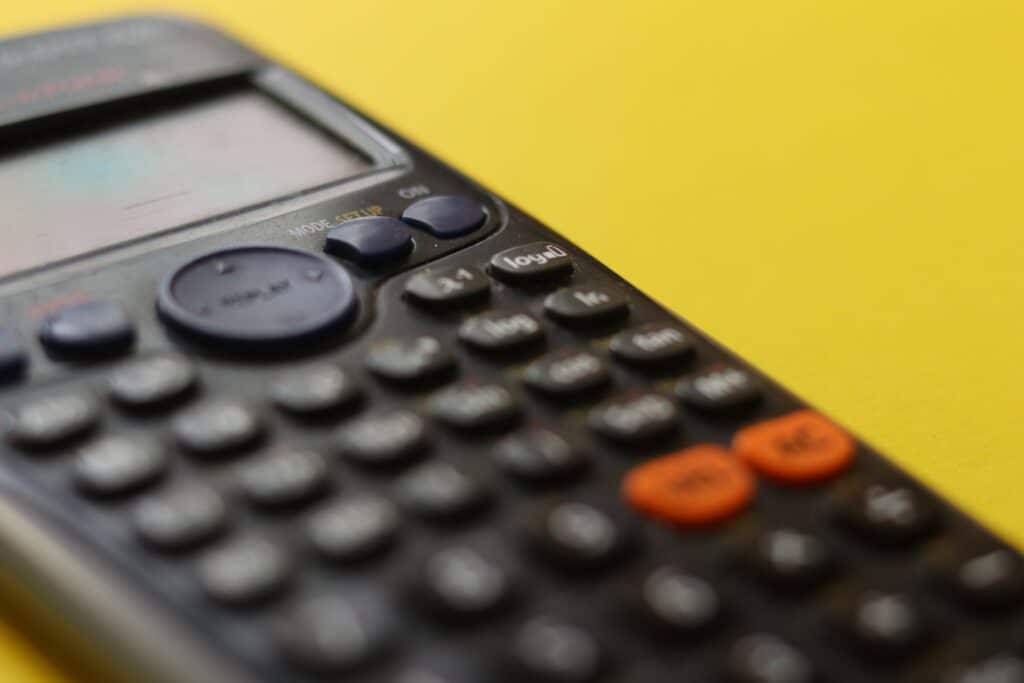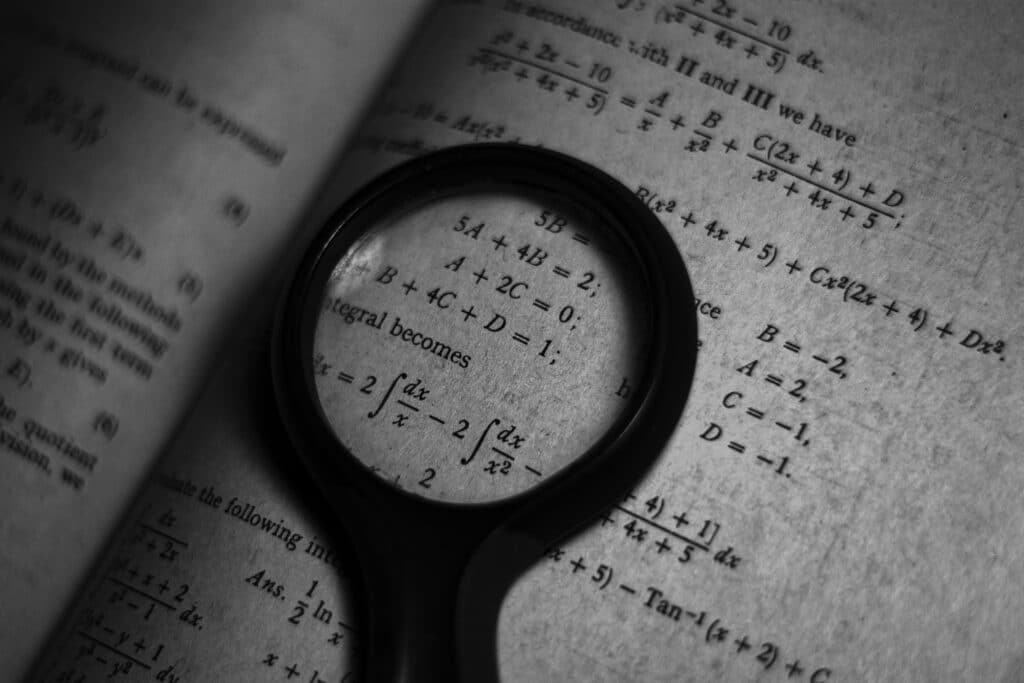
How to Study for the SAT Math Test
All over the world, many people take the SAT every year. This standardized test is key for admission into colleges in the United States and is accepted in other countries such as India, Canada, Australia, and the UK. It is held seven times a year in the US, and three to six times a year for international students. The test consists of three sections: Reading, Writing & Language, and Math. This guide will focus on one section. It will teach you how to study for SAT Math most effectively.
Table of Contents
SAT Math Test Structure
The SAT Math Test is made up of four types of math problems:
The Heart of Algebra
This segment deals with linear relationships, linear equations and linear inequalities, and systems of linear equations. This will demonstrate students’ understanding of the fundamental aspects of algebra.
Problem-Solving and Data Analysis
This section focuses on rates, ratios, percentages, and proportional relationships. Expect to analyze reports and come to conclusions with the help of charts and tables of data. The problems in this section have relevance to real-world applications, such as the various branches of science.
Passport to Advanced Math
The problems in this segment deal with more complex functions and equations, such as quadratic functions, polynomials, and nonlinear equations. It is referred to as such because it is considered a transition into the more advanced mathematics used in economics and STEM fields.
Additional Topics in Math
This section is about geometry, complex numbers, and trigonometry. This will test students’ ability to solve problems related to right triangles, lines, angles, and circles, among others.
The tests are divided into two portions: a no-calculator segment and a calculator segment. The no-calculator segment runs for 25 minutes and features 20 questions, which are made up of 15 multiple-choice questions and 5 grid-in questions, wherein you have to fill in the bubbles in the grid to indicate your answer. The calculator segment runs for 55 minutes and features 38 questions. The test is made up of 30 multiple-choice questions and 8 grid-in questions.
Making a Study Plan
With all these varied mathematical topics to master, identifying your strengths and weaknesses is key to a good study plan. Find the problems and concepts that give you the most difficulty to grasp, and give them more attention. This makes it easier for memory retention. You should still review simpler topics because they’re fundamental. However, you could dedicate less time to them.
Don’t hesitate to get tutoring help if you’re struggling with certain topics. Trying to figure out problems by yourself is encouraged, but if you need help addressing gaps in your knowledge, consider asking questions rather than letting them sit.
Setting a schedule will help you manage your time better. Studying regularly will also keep you from procrastination, as it ensures that it becomes a habit that you stick to. Avoid cramming, as it diminishes the time you could be spending actively improving your understanding of the material that could be on the SAT. You could get overwhelmed if you studied too late. Therefore, you wouldn’t understand everything as clearly as you would have if you prepared early.
SAT Math Test Prep
There are practice tests you can take to get an idea of how questions will be given on the exam. College Board, the organization that develops the SAT, provides eight practice tests to download through its website. Other academic groups also provide SAT practice exams, should you want extra or alternative material.
Speed is a helpful skill to improve when preparing for the SAT. You have limited time while taking the test, so accomplishing your work in the least amount of time possible allows you to review what you’ve done and correct possible mistakes. This can be developed through diligent practice.
Additionally, practicing solving math problems without calculators is a handy way to sharpen your mathematics skills. It’s important to remember that there is a section on the test that prohibits using calculators, so not being dependent on them would benefit you.
Tips on Taking Math Tests
Manage your nerves
Tests can be stressful generally. But by using techniques such as deep breathing, visualization, or positive affirmations, you can find yourself in a better mindset. You will perform much better during exams when you’re in a more relaxed state.
Read and analyze
Remember to carefully read and understand the instructions and questions. It might sound simple, but many students get lower scores because they rushed through the test and did not take the time to actively process the items presented to them. Make sure to carefully read the problems given to you. Math tests can immediately become confusing if you miss key information from the problems they ask you to solve.
Master the formulas
The SAT itself gives you twelve formulas and three geometric laws alongside the test sheets. So, it’s important that you are familiar with the most important math formulas. Understanding what they’re used for ensures that you know what the most important tools for solving problems are.
Adding It All Together
The SAT Math Test can seem intimidating, but it’s far from impossible. With a good study plan, it can become much more manageable. It’s all a matter of making efficient use of your time, being careful with calculations, and knowing the material to the best of your ability. The sum of all your math knowledge so far is going to be tested, but with the right preparation and mindset, you can find the correct solution to any math problem you will face.
Sarah is an accomplished educator, researcher and author in the field of testing and assessment. She has worked with various educational institutions and organisations to develop innovative evaluation methods and enhance student learning. Sarah has published numerous articles and books on assessment and learning. Her passion for promoting equity and fairness in the education system fuels her commitment to sharing insights and best practices with educators and policymakers around the world.







